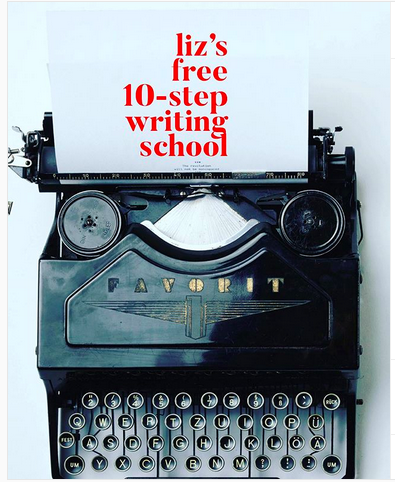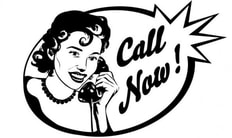
Building an author platform is an especially important task given the quarantine’s likely long-lasting impact. In the indeterminate new normal, “the digital first impression is…the only impression.”
Authors for whom a digital first impression feels uncomfortably distant can take refuge in the etymology of digital in “finger’s breadth” (and in the inherent ambiguity of every impression).
According to ZG Communications, a Canadian-based marketing agency, authors, publishers, marketers, booksellers, book buyers, and anyone associated with writing, making, selling, buying, and reading books must be especially agile in adopting (and adapting) digital-first branding strategies.
The American Booksellers Association (ABA) echoes the suggestion. In Action Items for Authors, ABA instructs authors to work with local booksellers to create virtual story time, livestream readings, conduct Skype- or Zoom-based conversations, or offer Twitter-based AMAs.
It isn’t clear how the pandemic and potential bookstore closures will redefine bookselling or buying. But the general, newly narrowed focus on establishing, maintaining, and building a digital presence will broadly impact the industry.
Publishers Weekly, for example, has responded to COVID closures with a virtual handselling campaign. The effort, designed to give booksellers an opportunity to introduce books published during the pandemic, works to replicate the bookstore customer’s happenstance purchases.
Its reach is necessarily limited and not yet tested, but the campaign nonetheless introduces new and old readers to books they might not have otherwise encountered. Consequently, it gestures to the intimacy available via digital strategies. For authors, in particular, such strategies can offer readers the realness of apparently unfiltered immediacy—sometimes by simply providing glimpses into authors’ private lives.
Adrienne Westenfeld, in Esquire, writes extensively to this point. By necessity, readers are now able to gain access to authors in a a variety of new ways, including via their bookshelves, living rooms, partners, kids, and pets. Readers in the pre-COVID normal were seldom invited to peek beyond the bookstore’s walls.
While authors may have little control over the future of the industry, they can certainly use their platform to more intimately communicate with potential readers. Authors who build platforms featuring virtual events (or events that easily adapt to virtual venues), for example, will be better positioned to reach a variety of readers in the future, regardless of the future’s particulars.
This is true for unpublished authors or authors with a work in progress, as well. These authors can create digital-first platforms that deliver reader-responsive expertise through webinars, lecture-led discussions, Q&As, specialty training sessions, or anything else their audience might like to access.
Simply put, when a digital impression is the only impression, it’s the only impression that matters.









